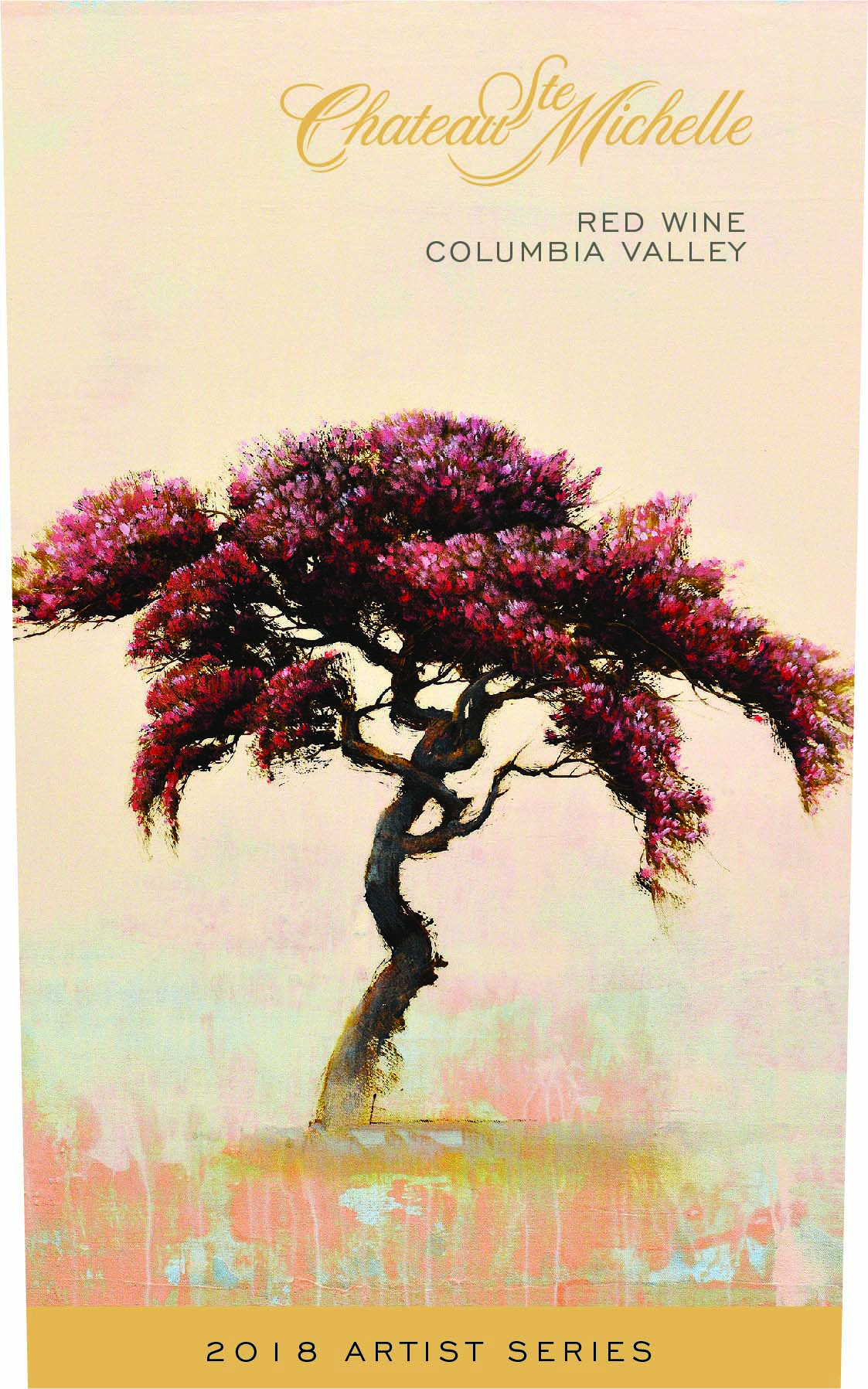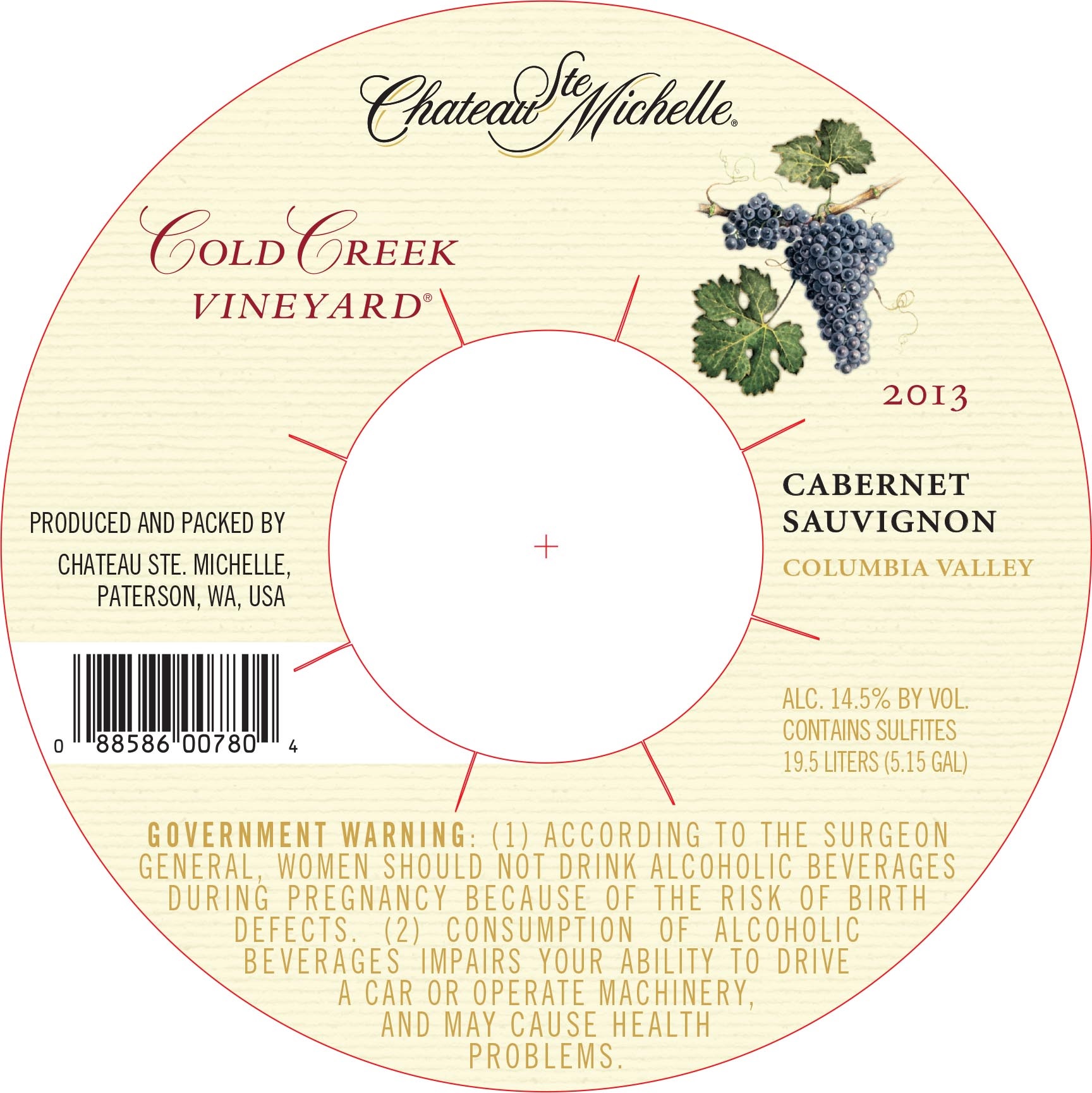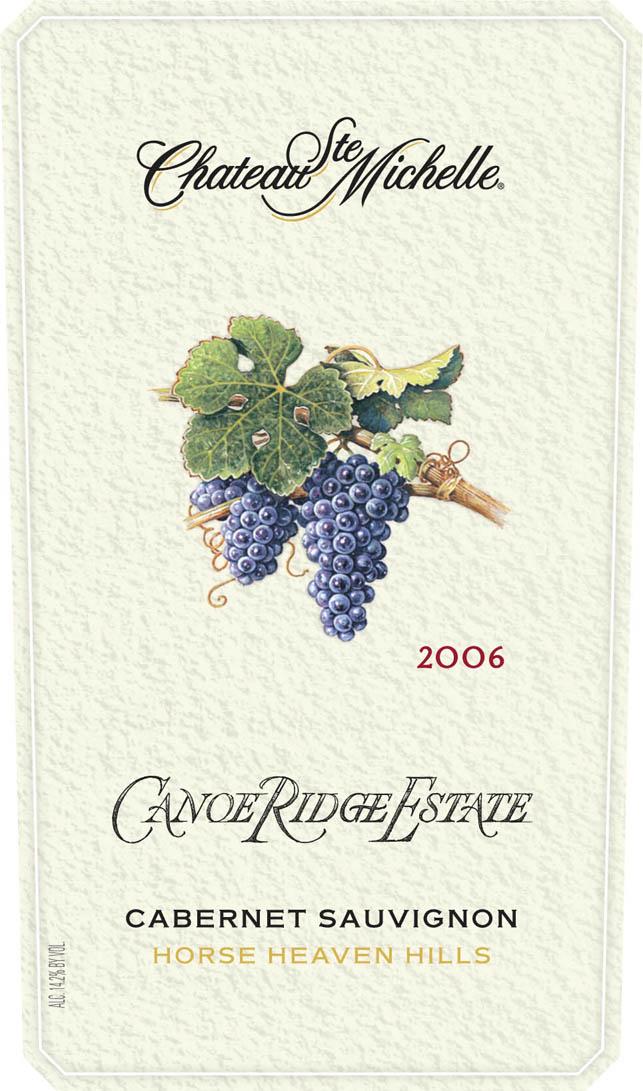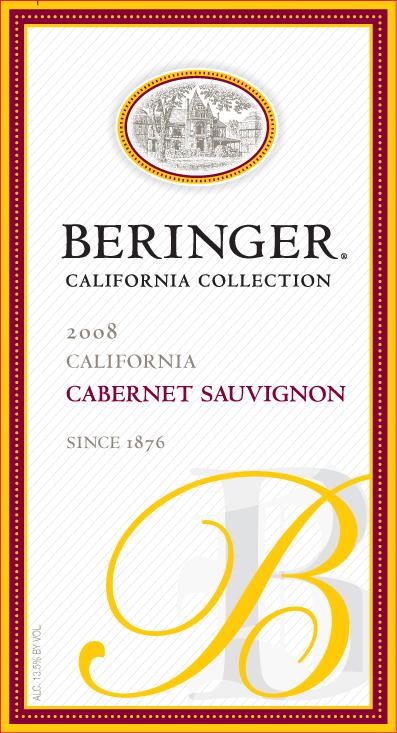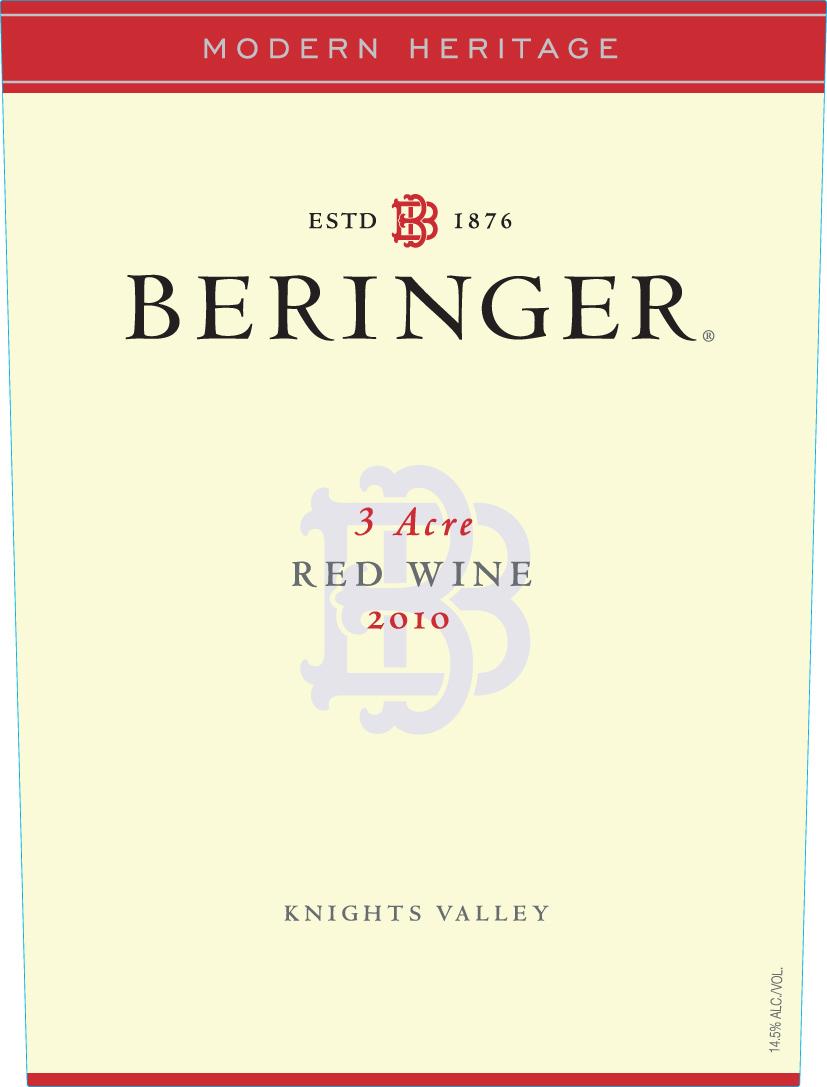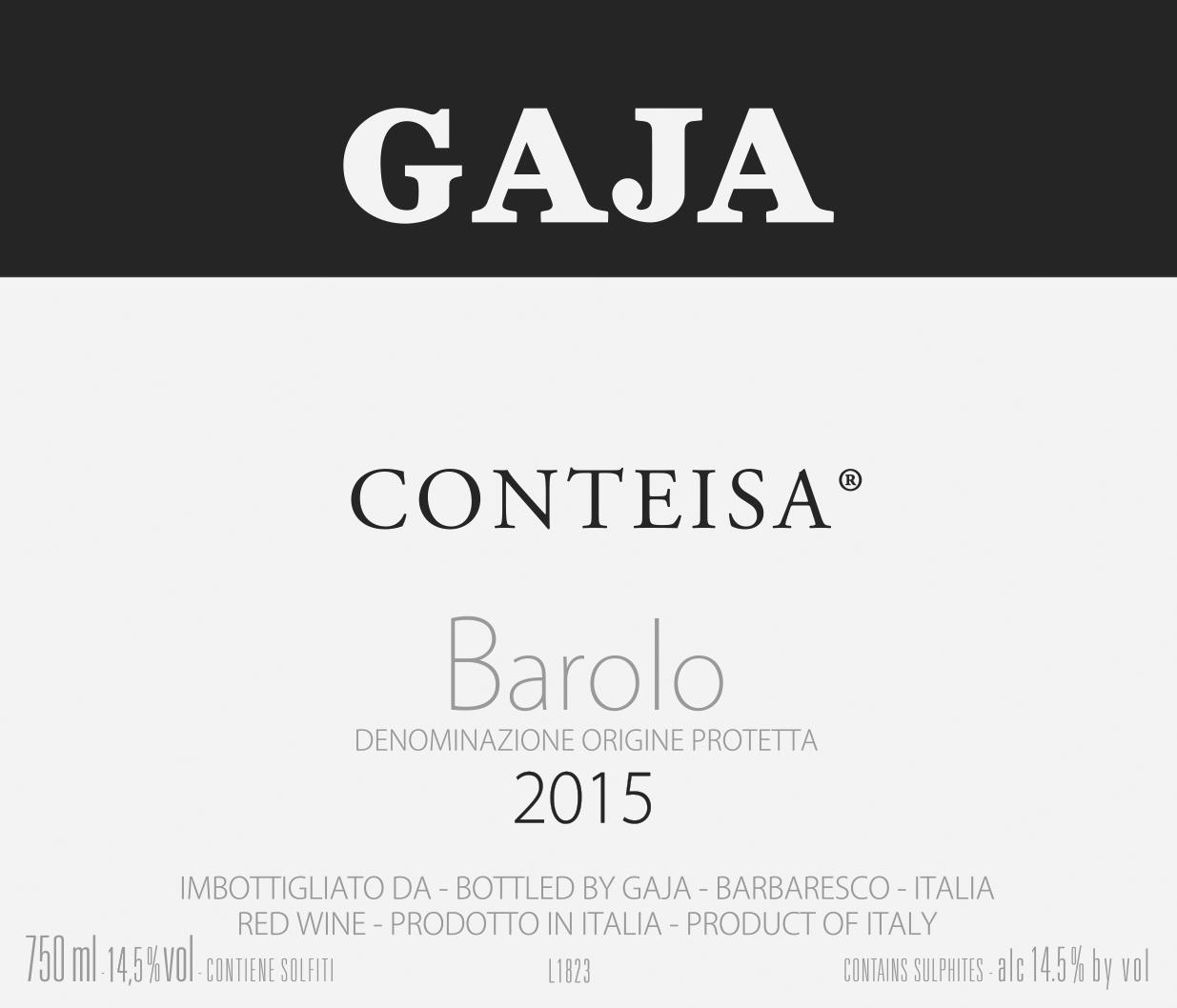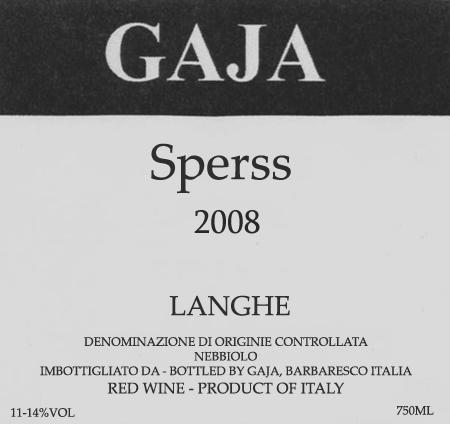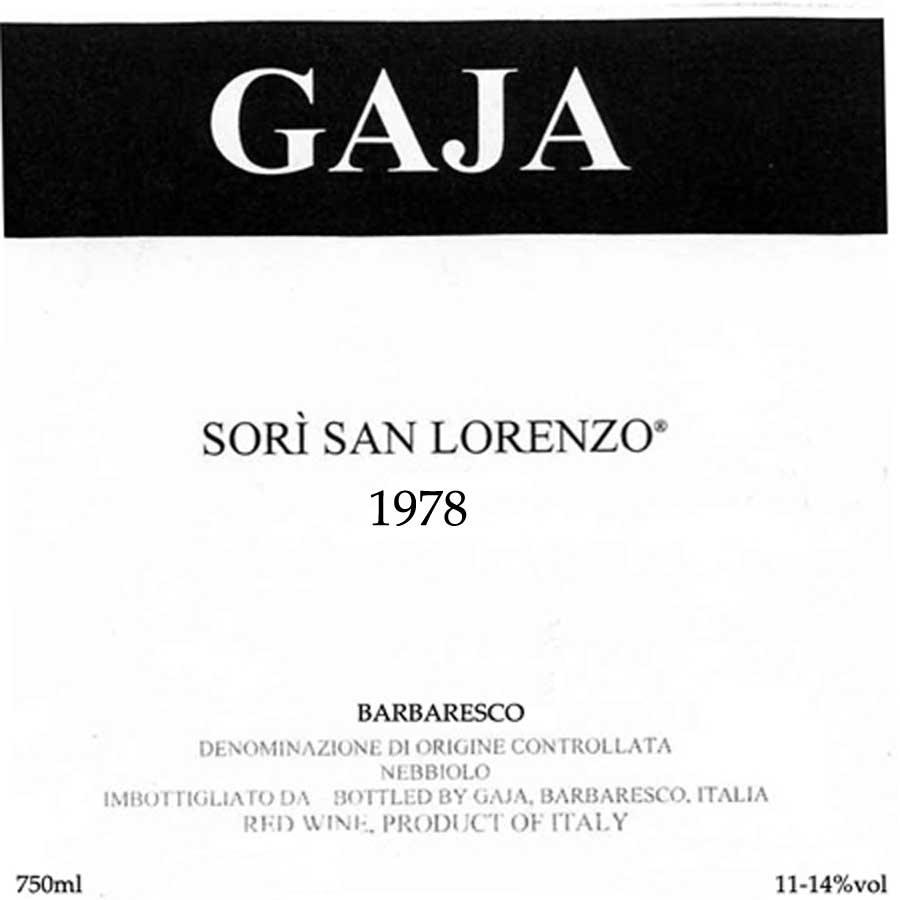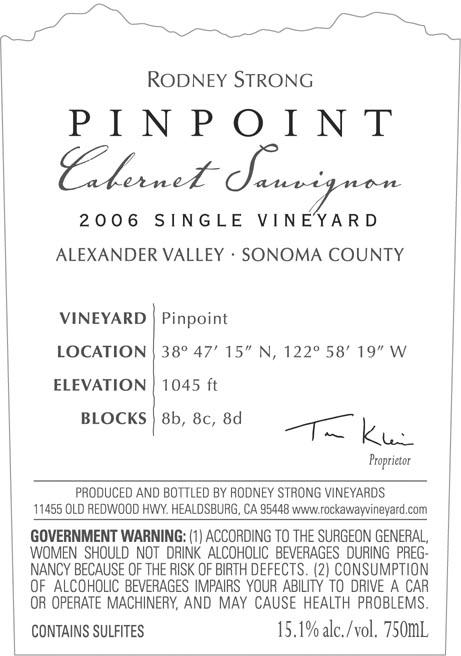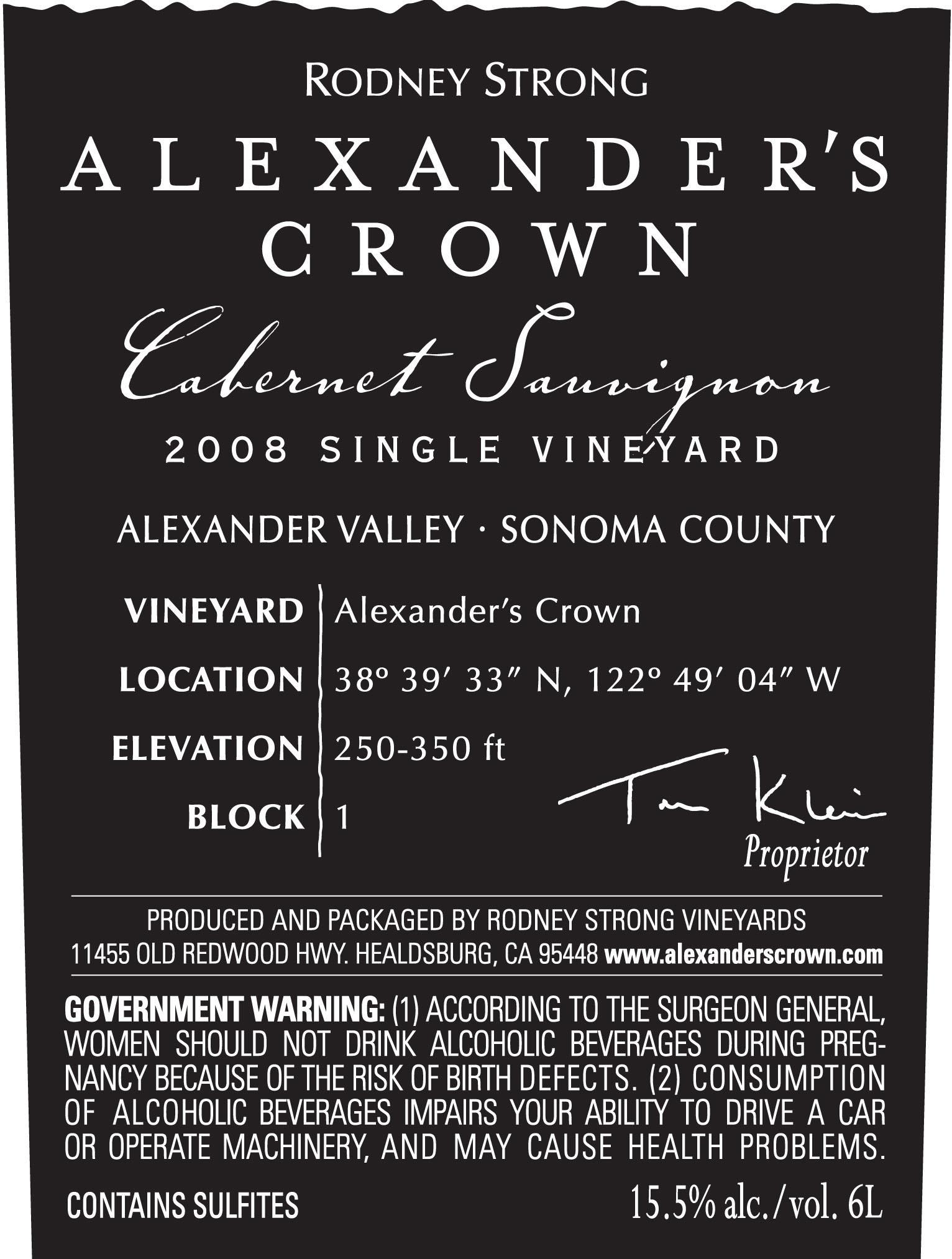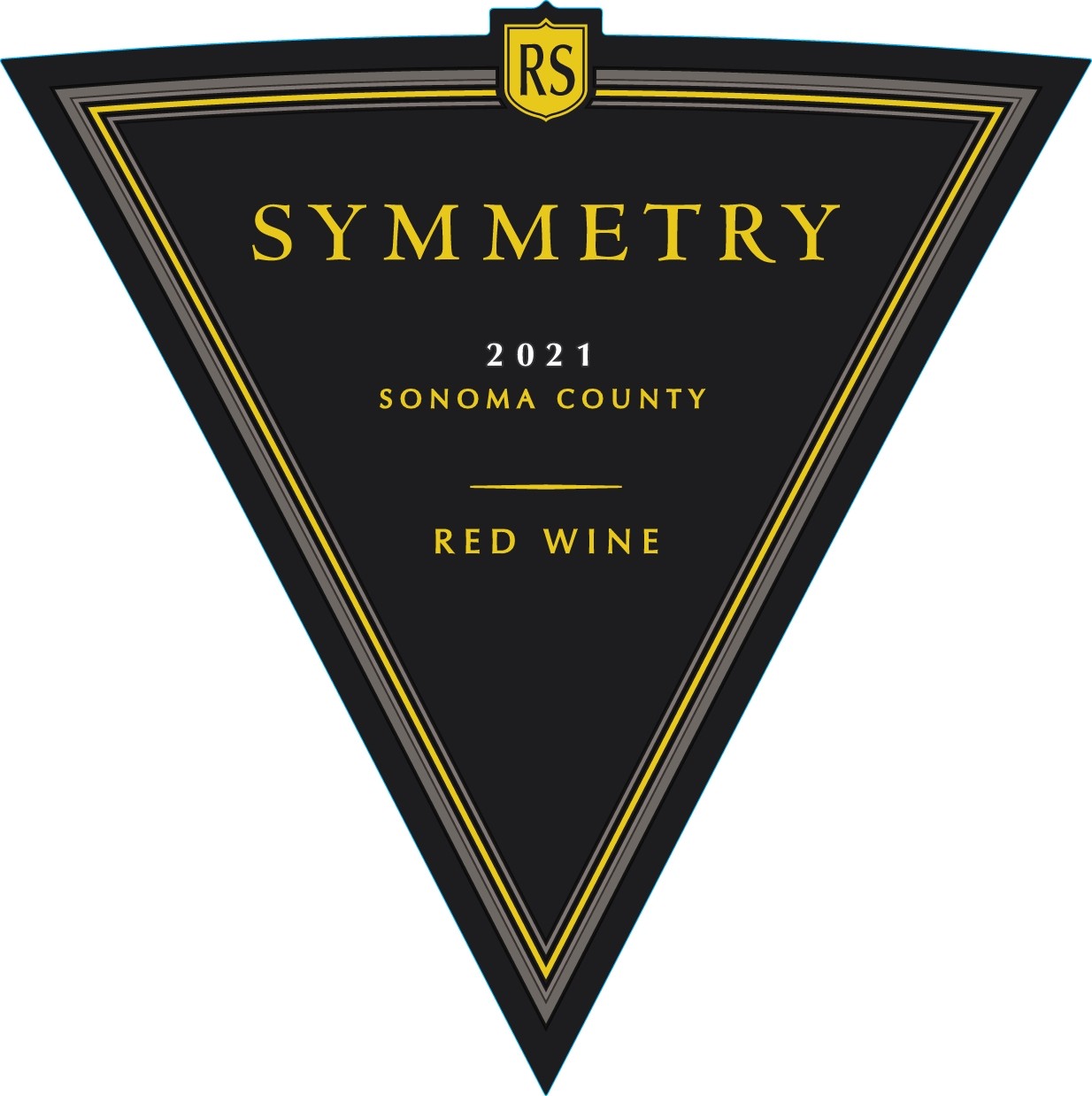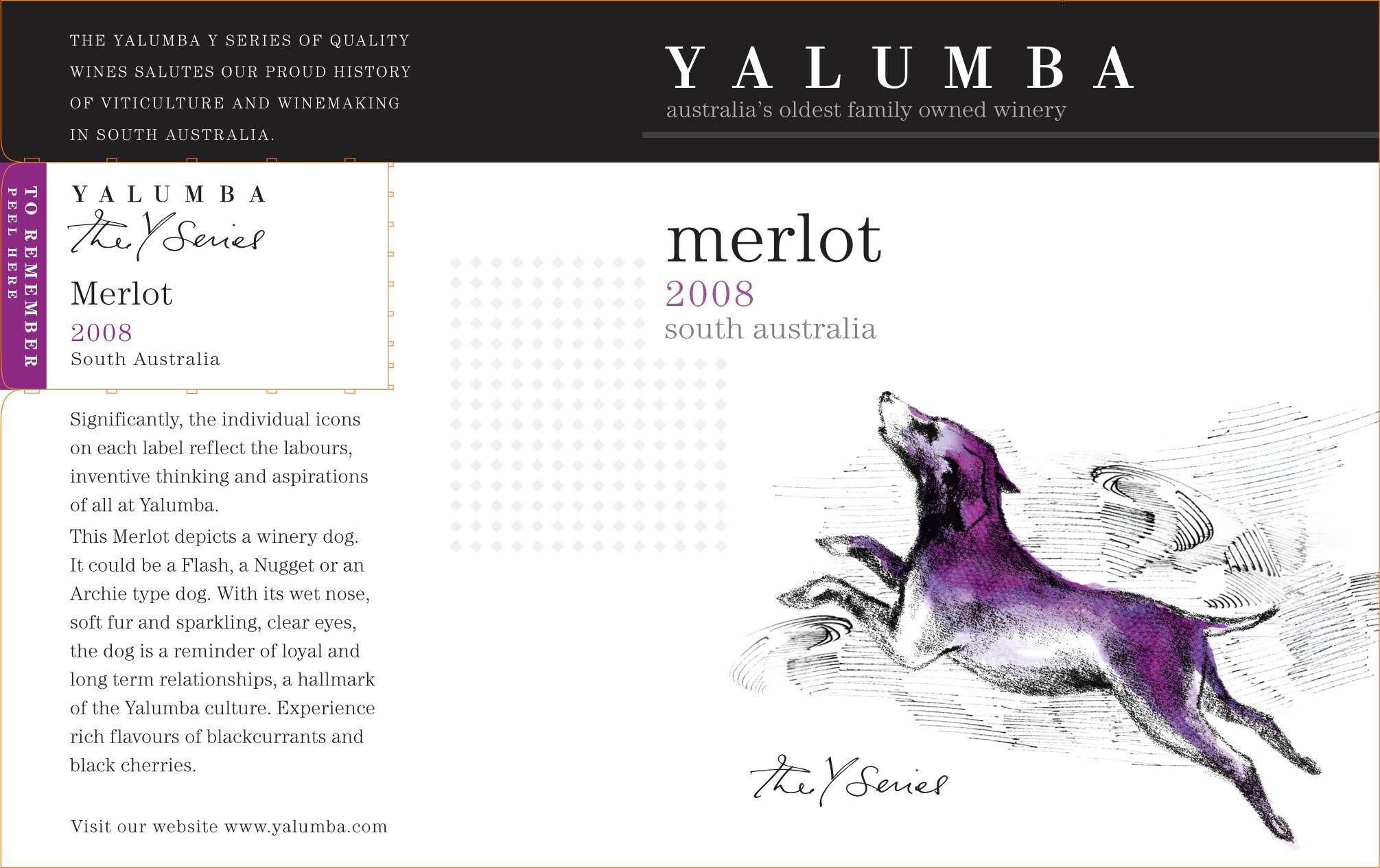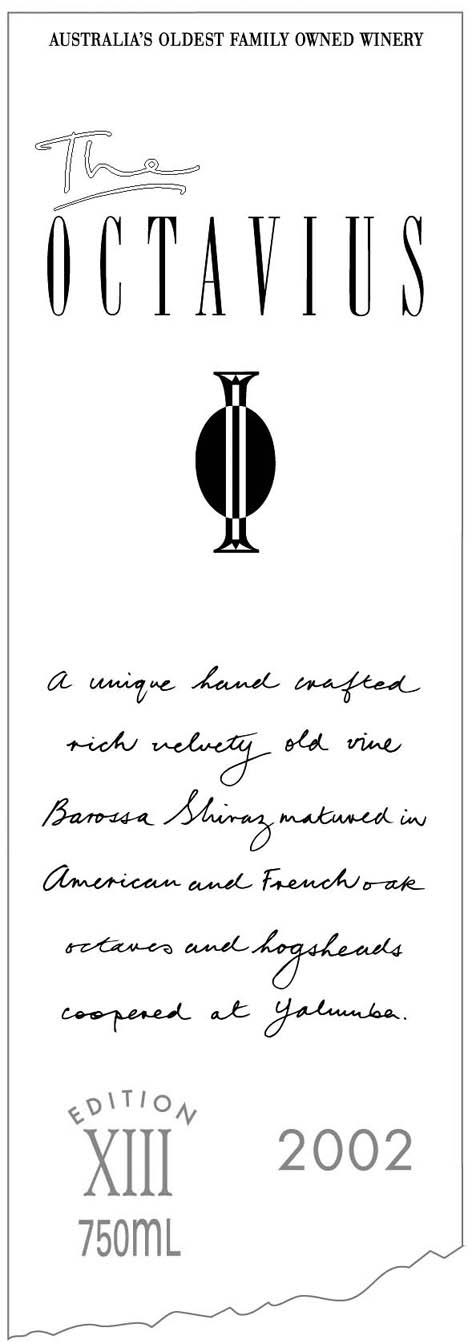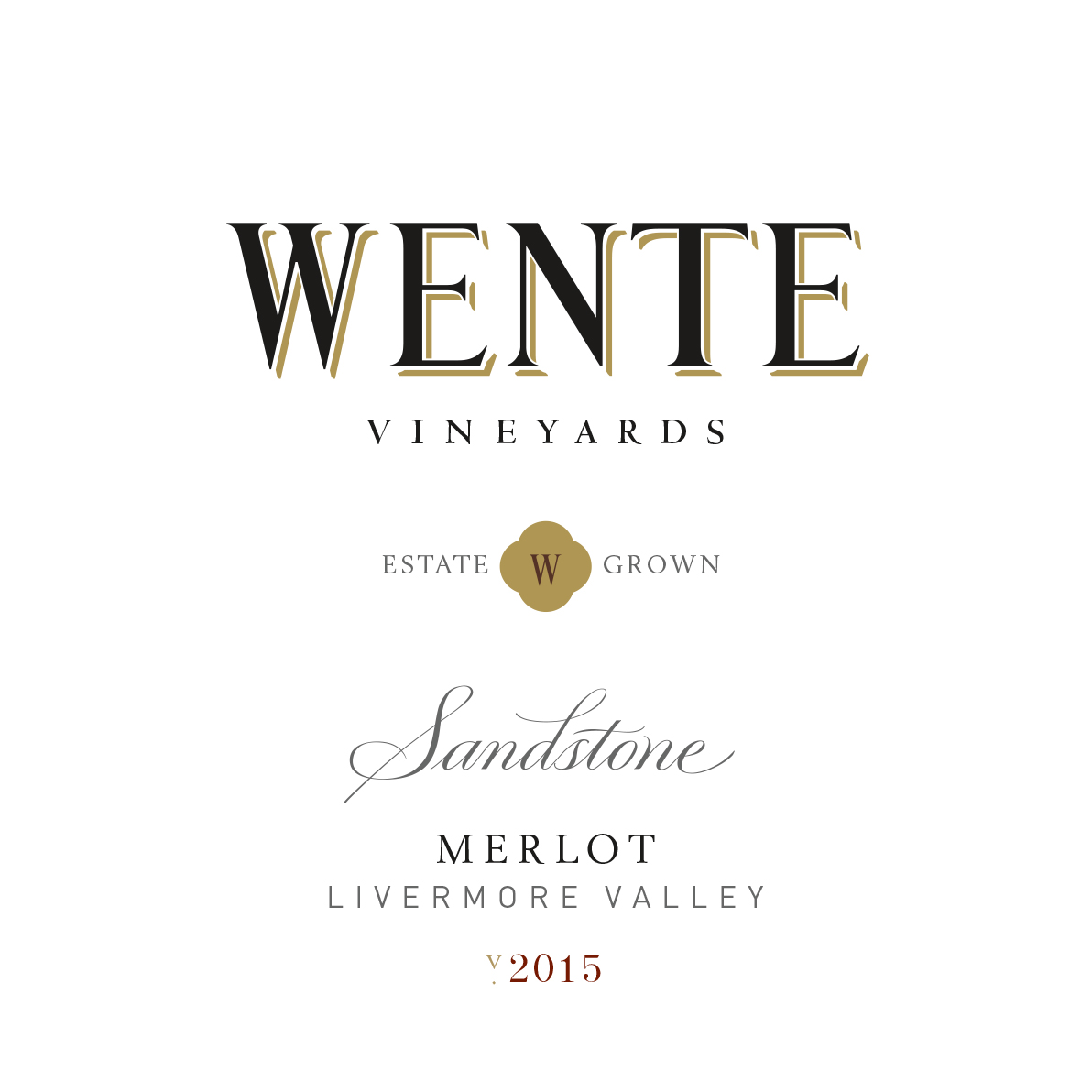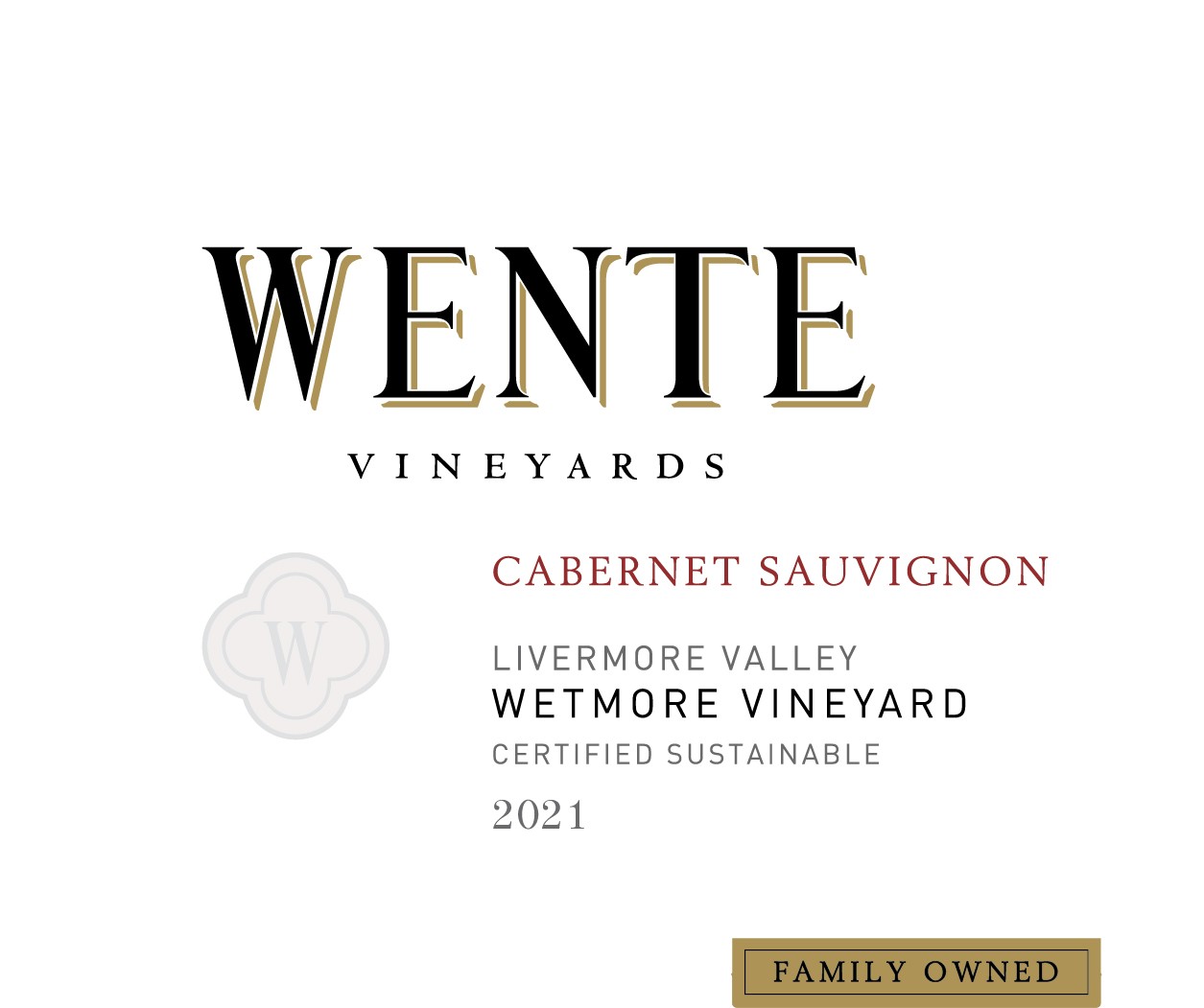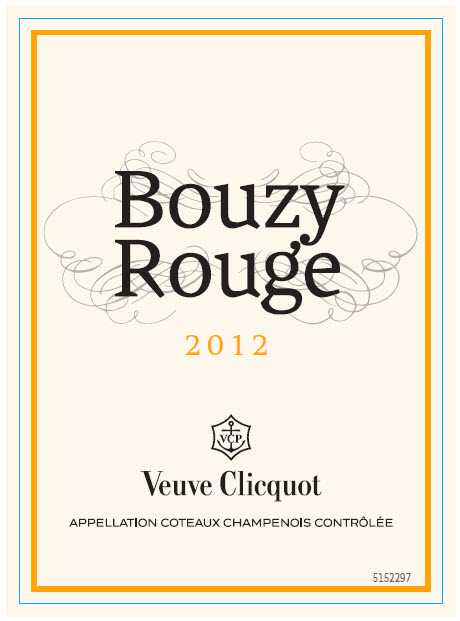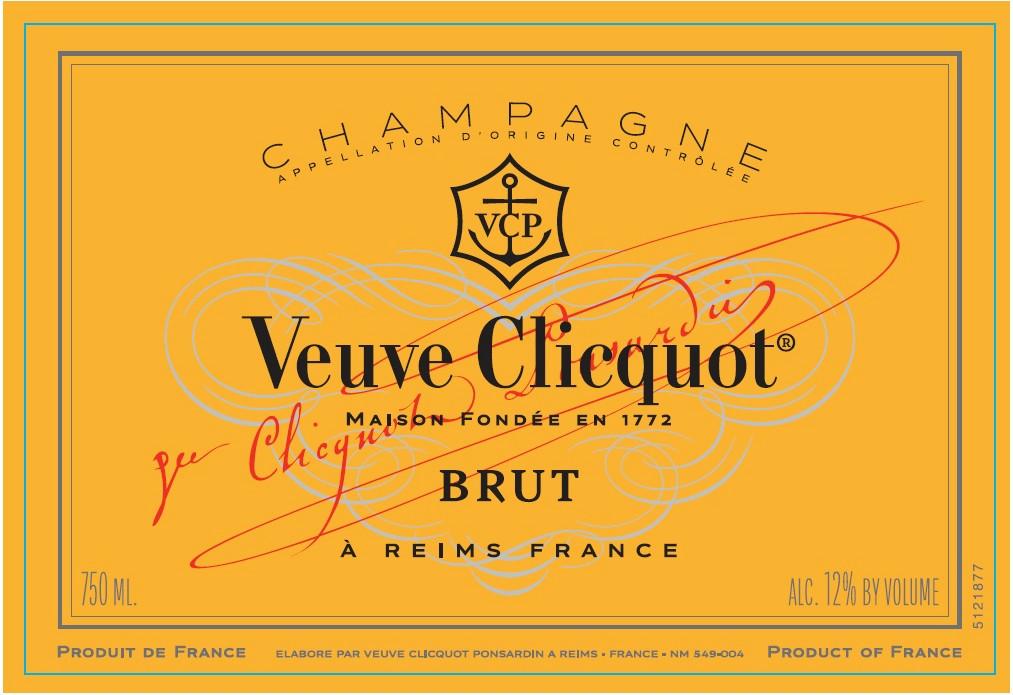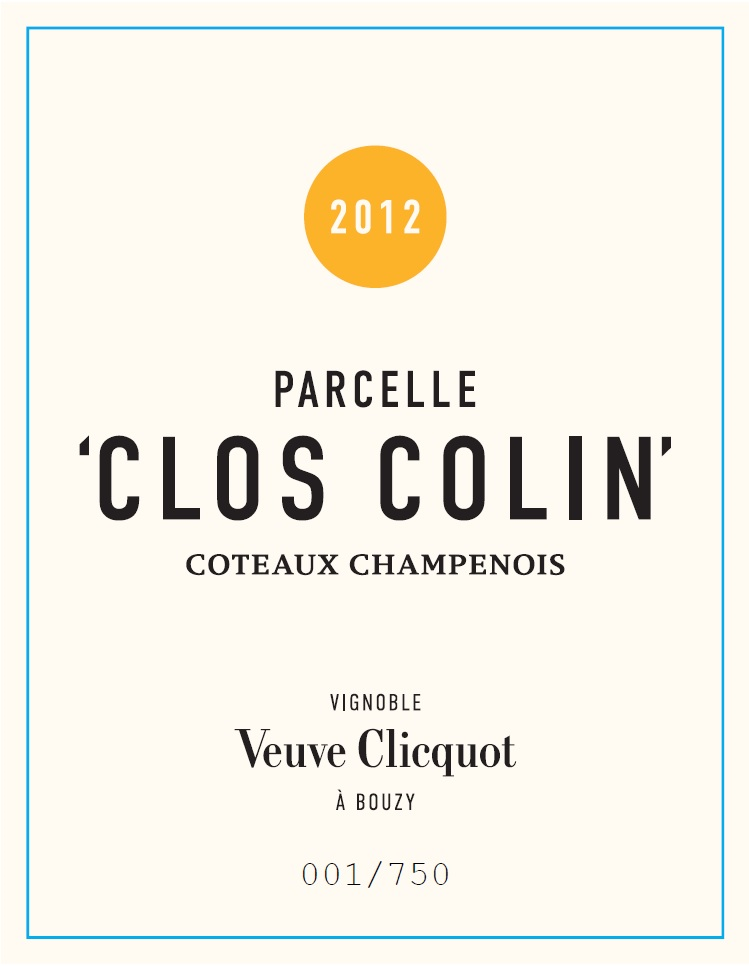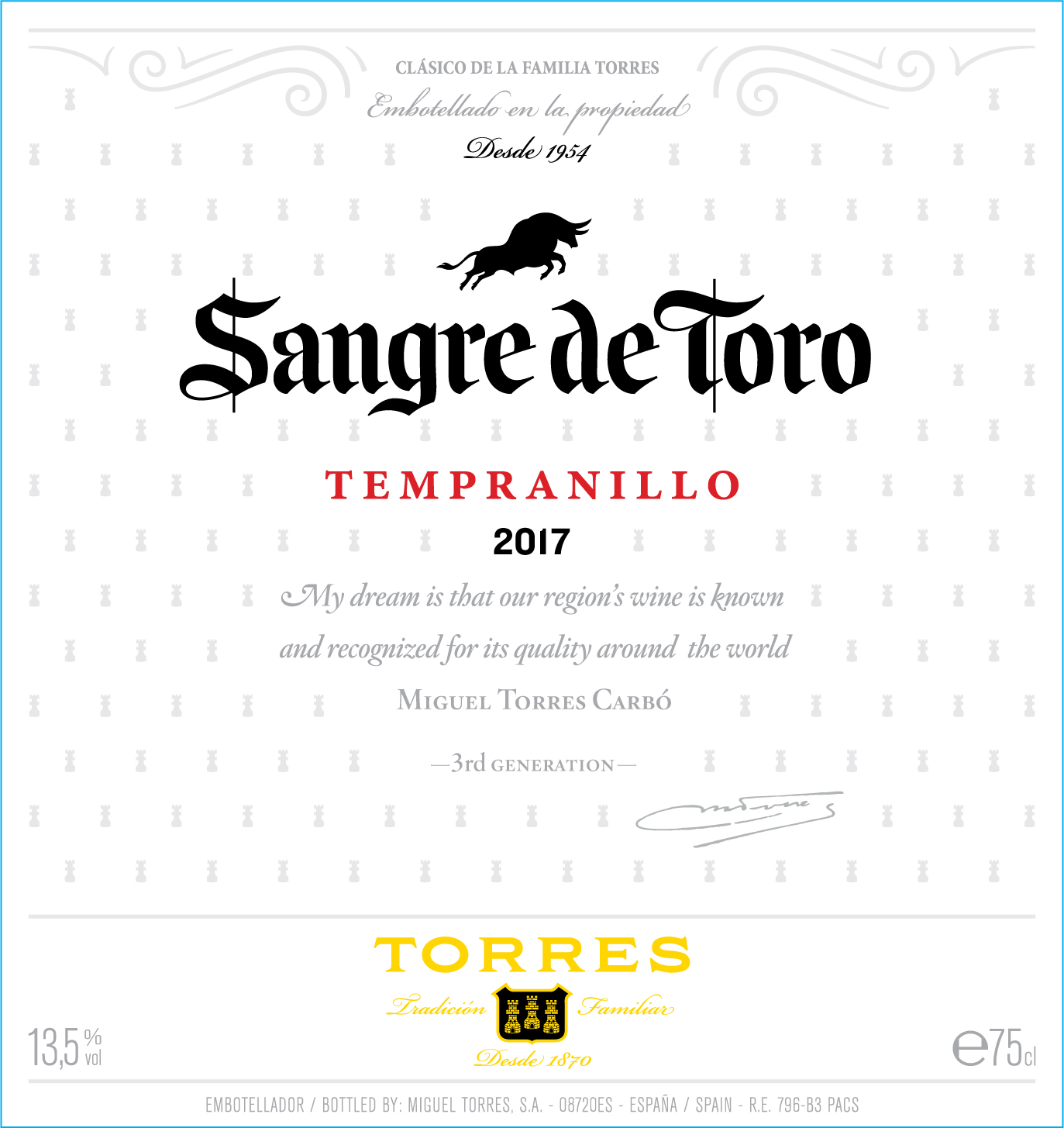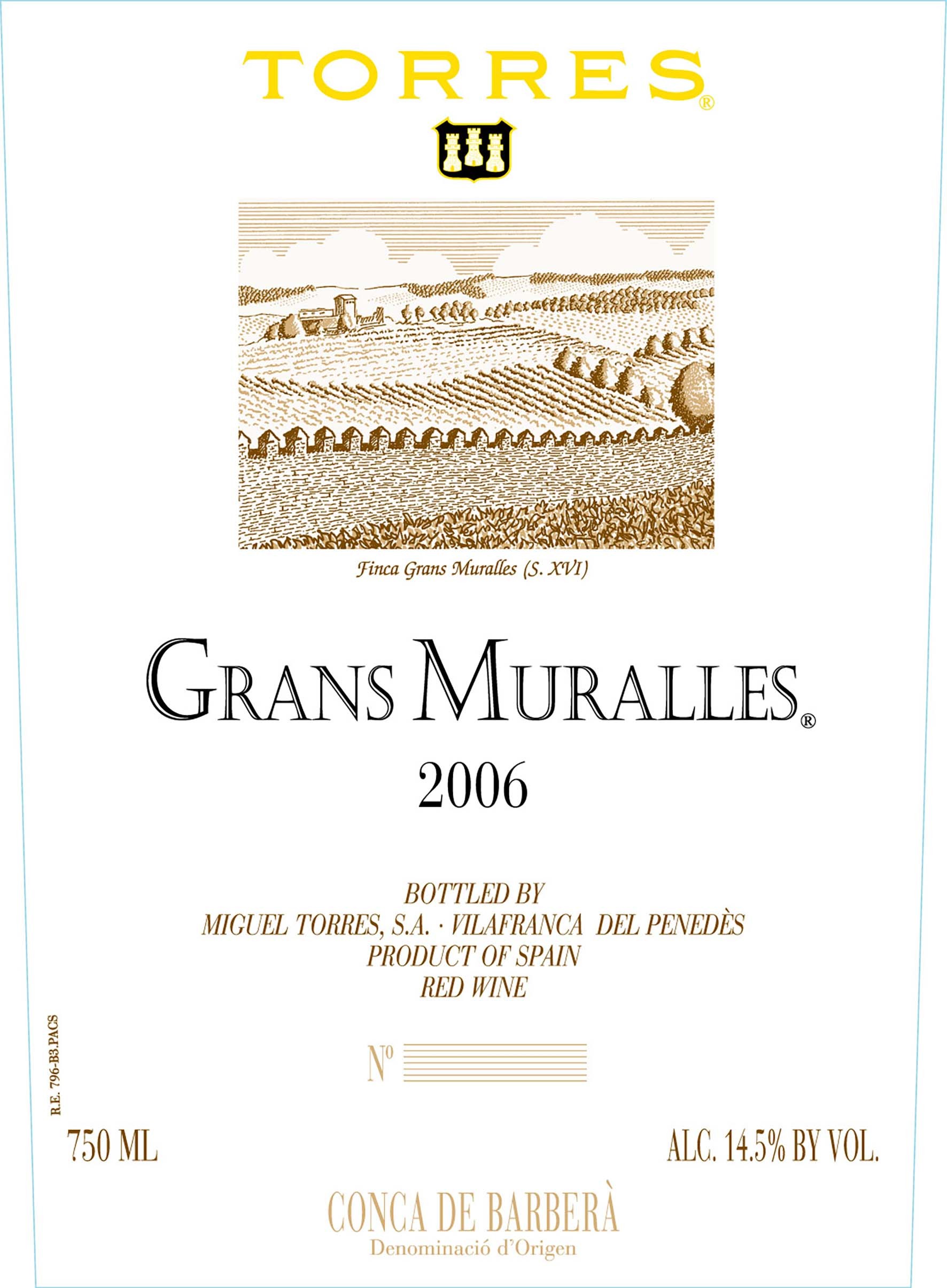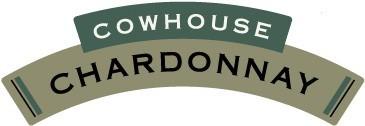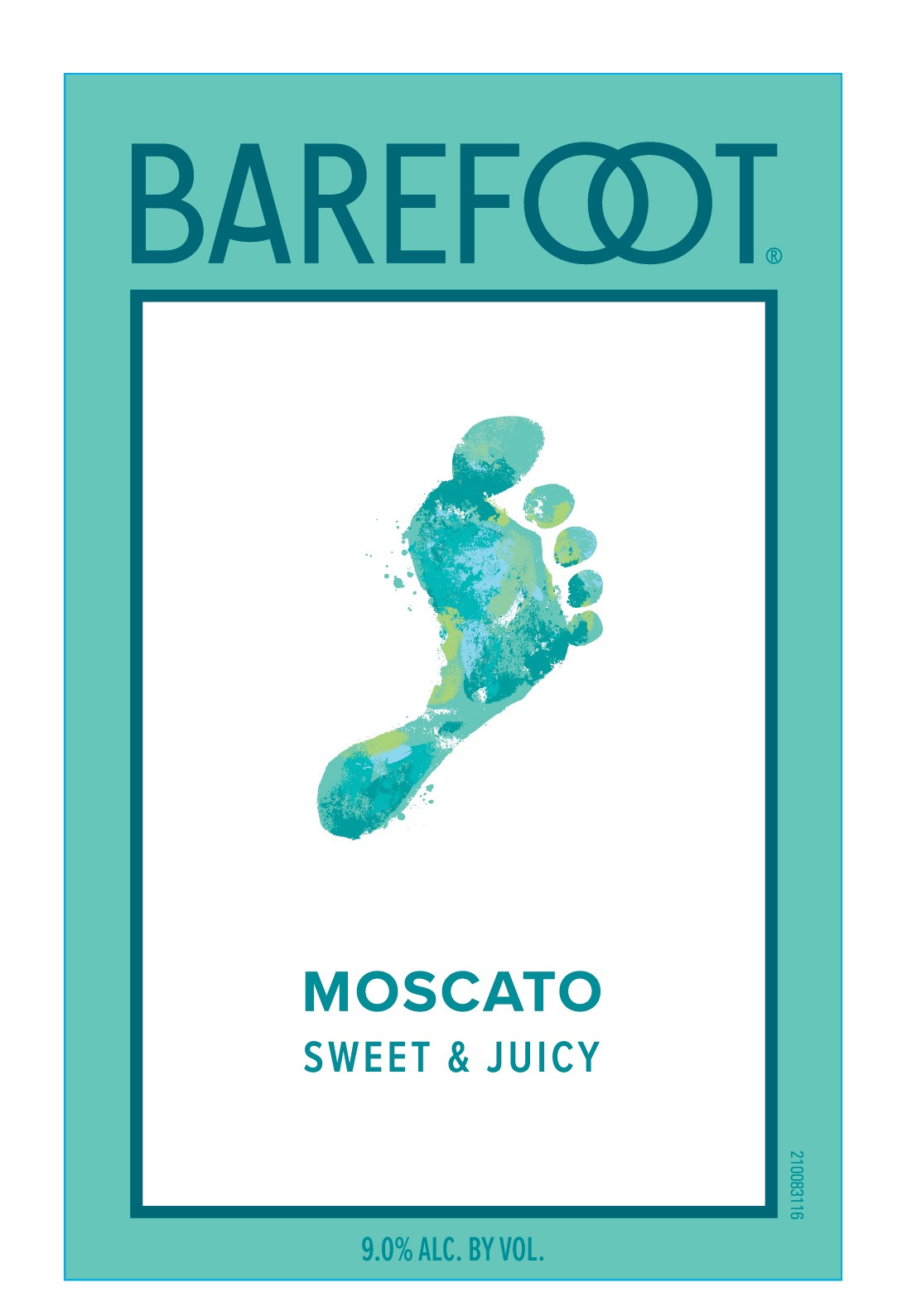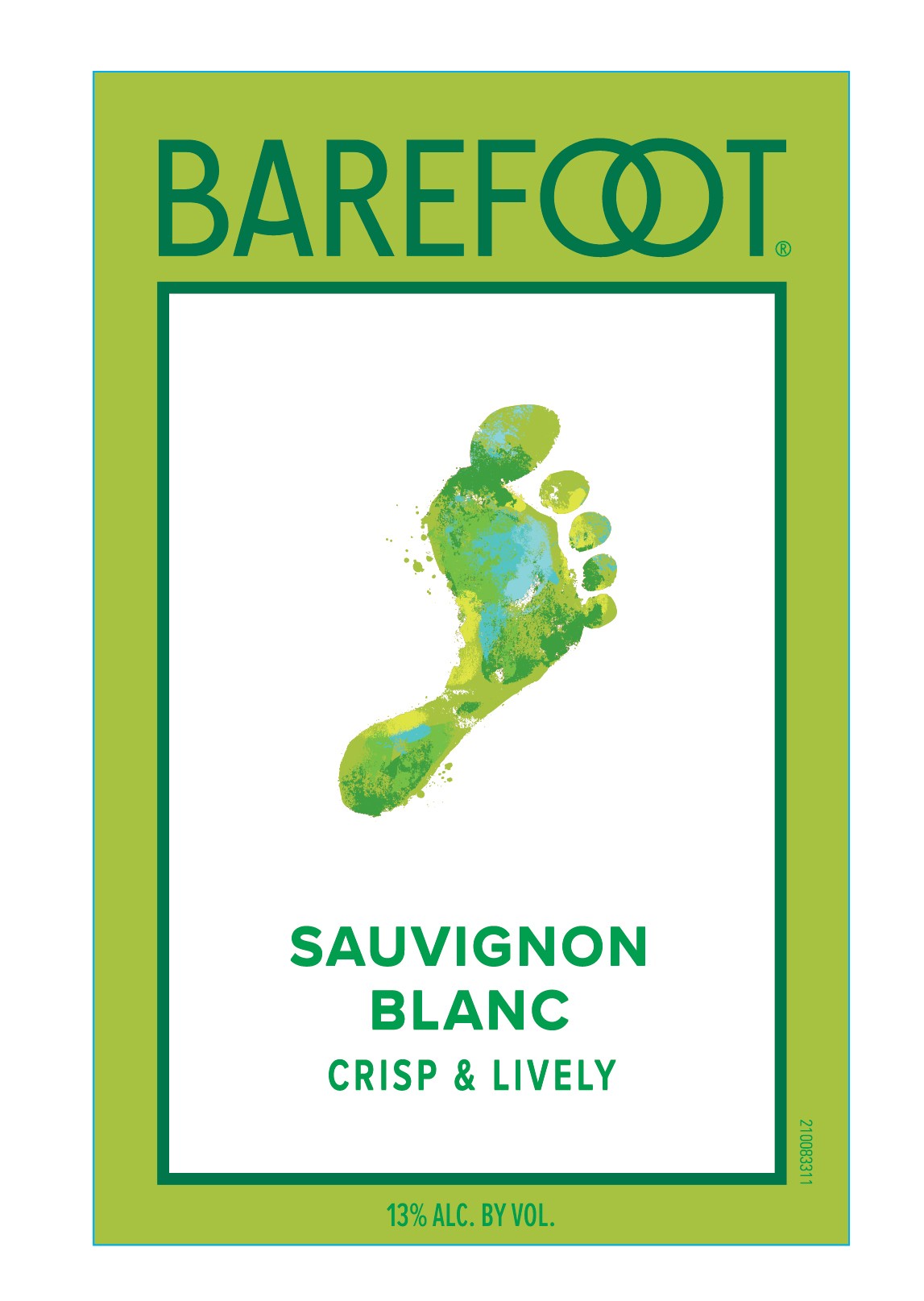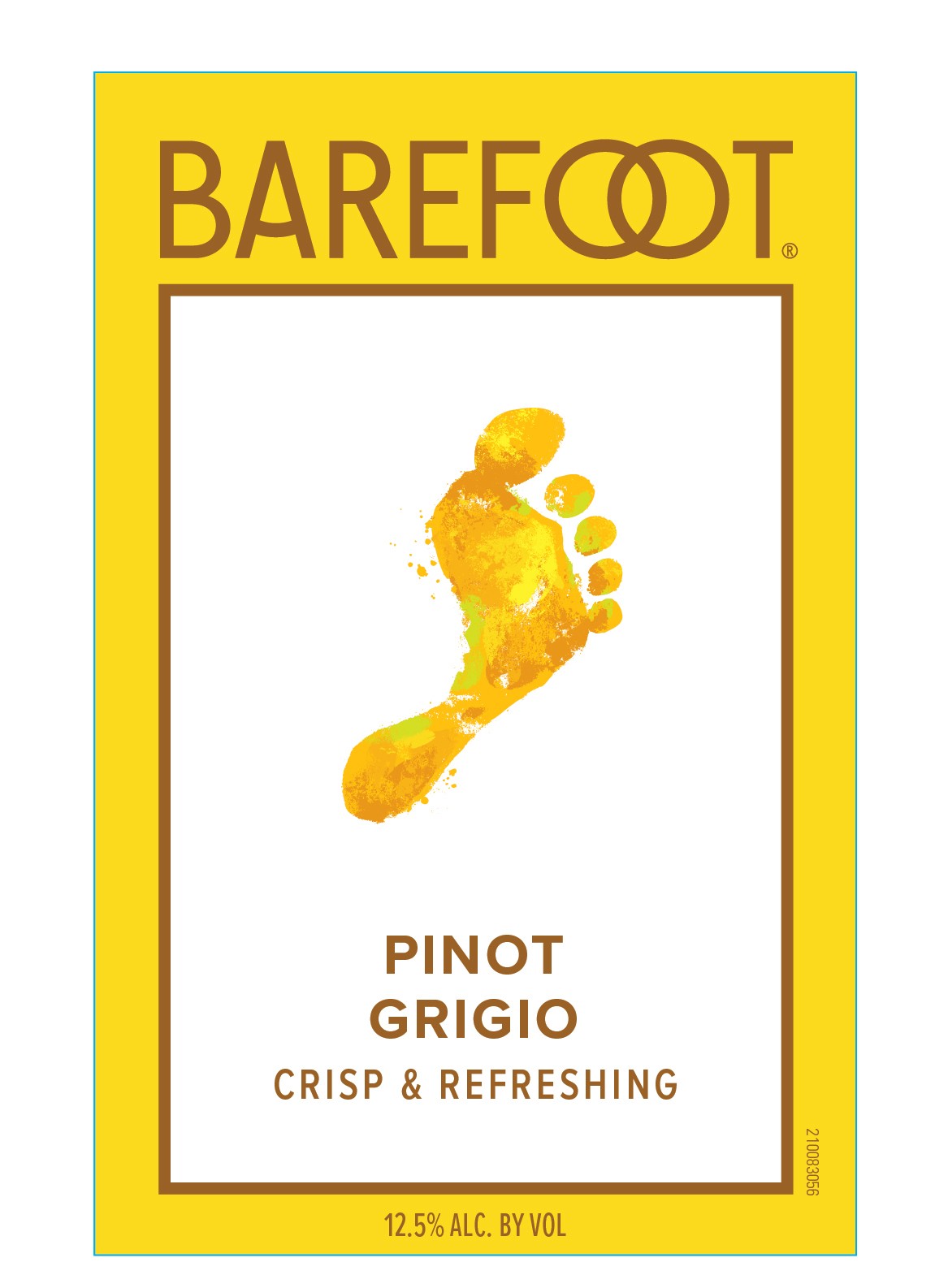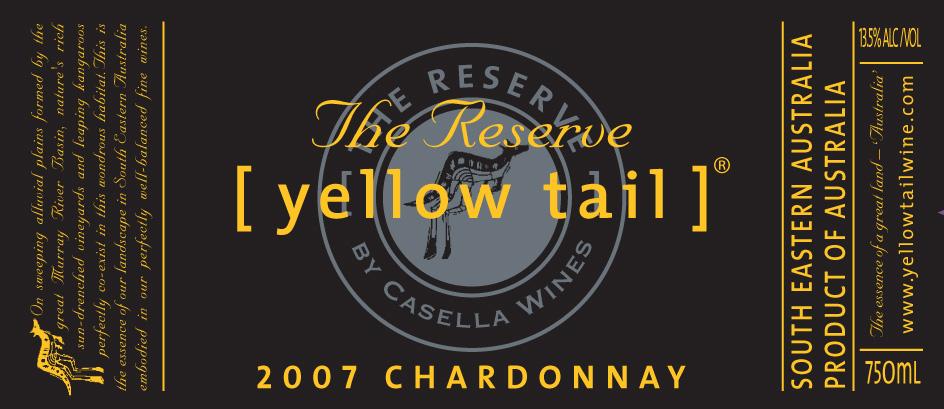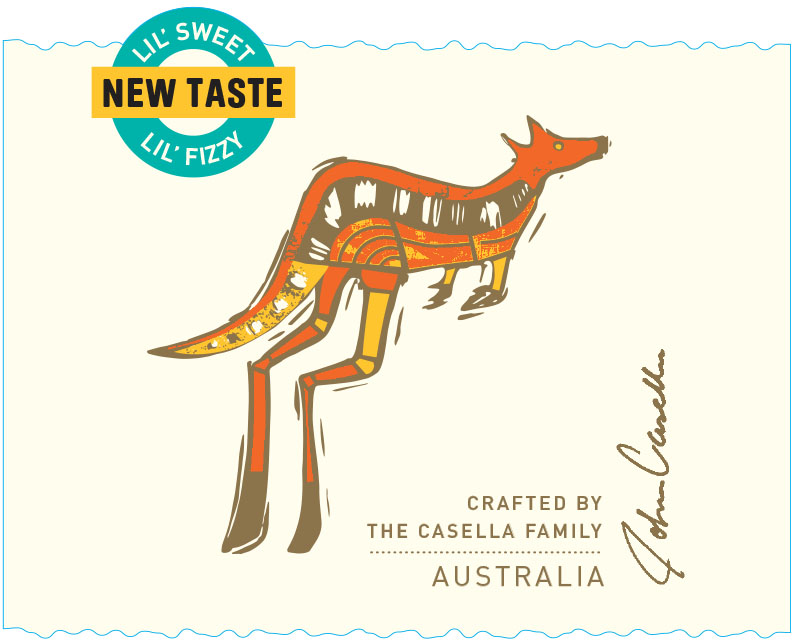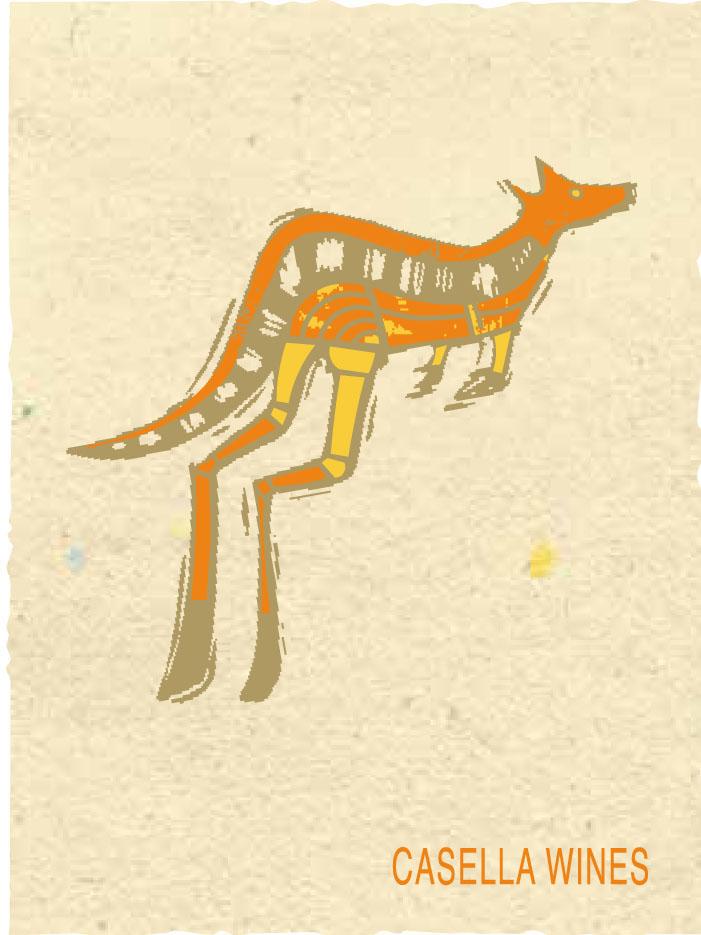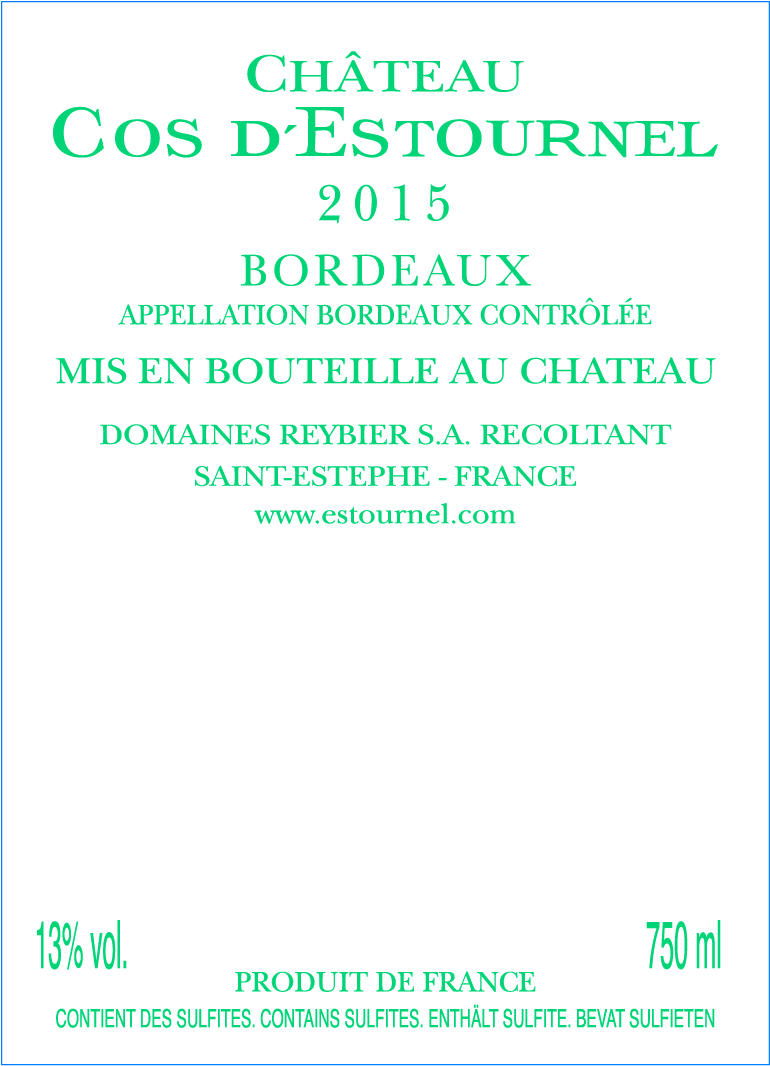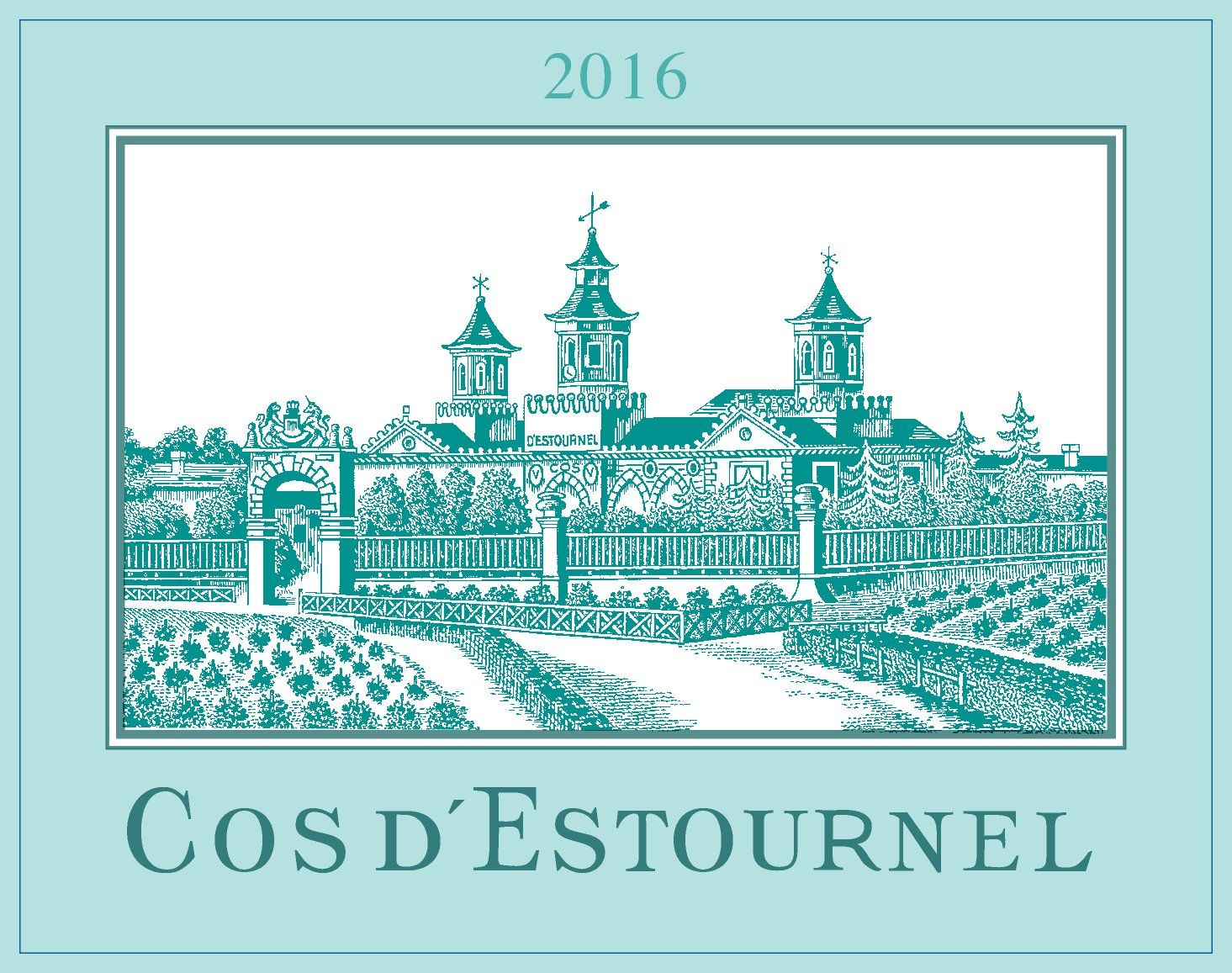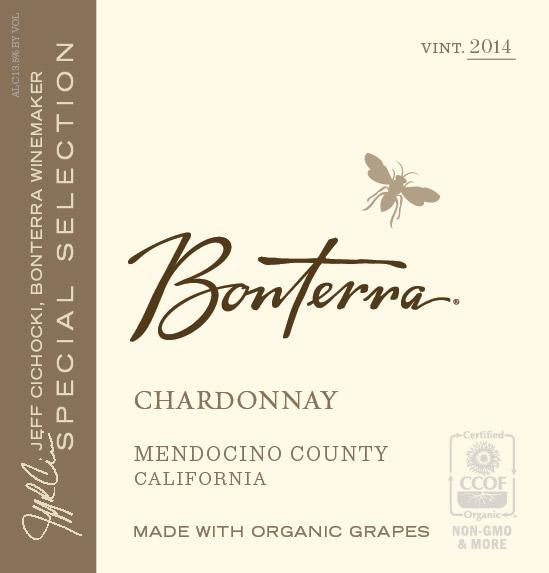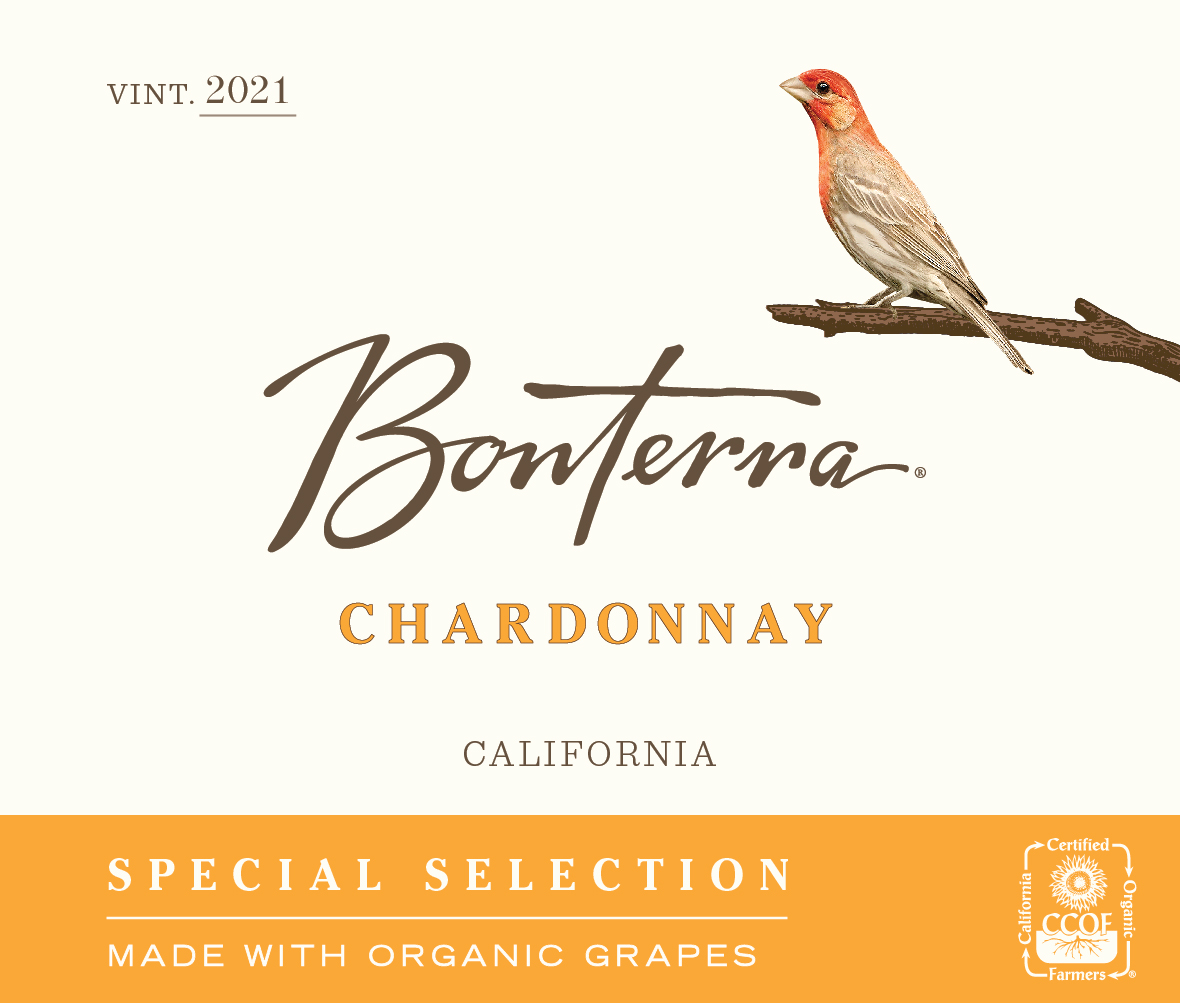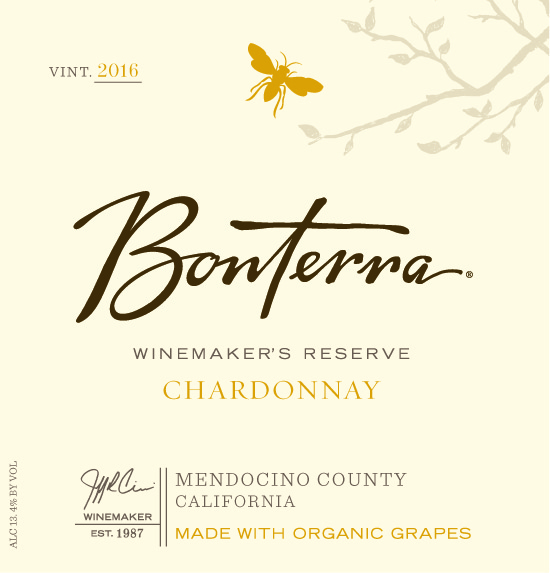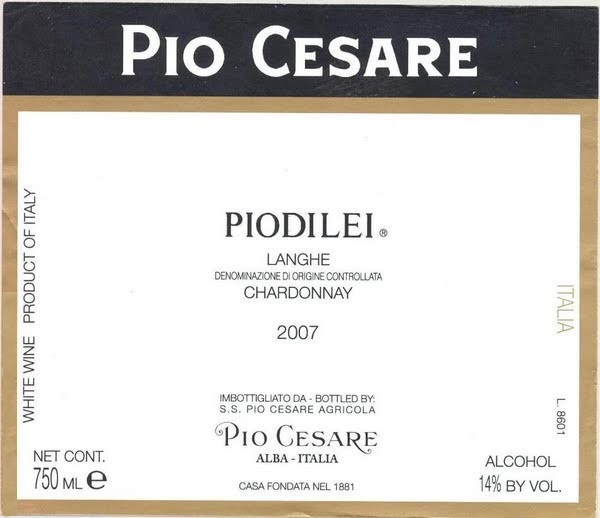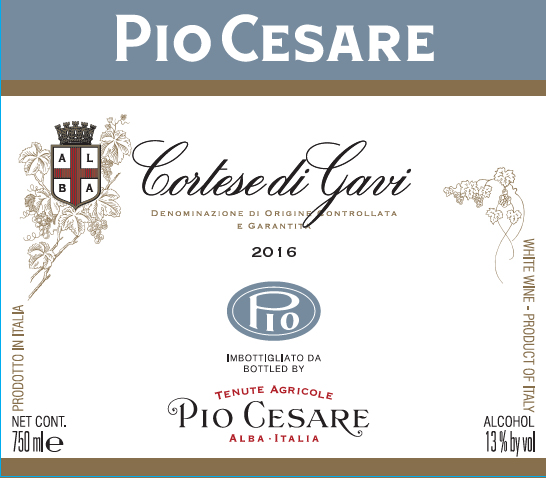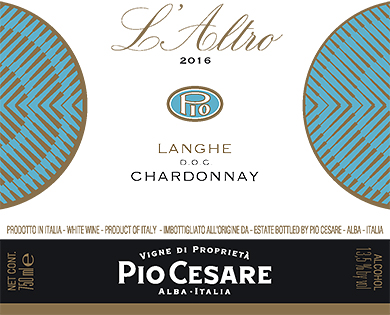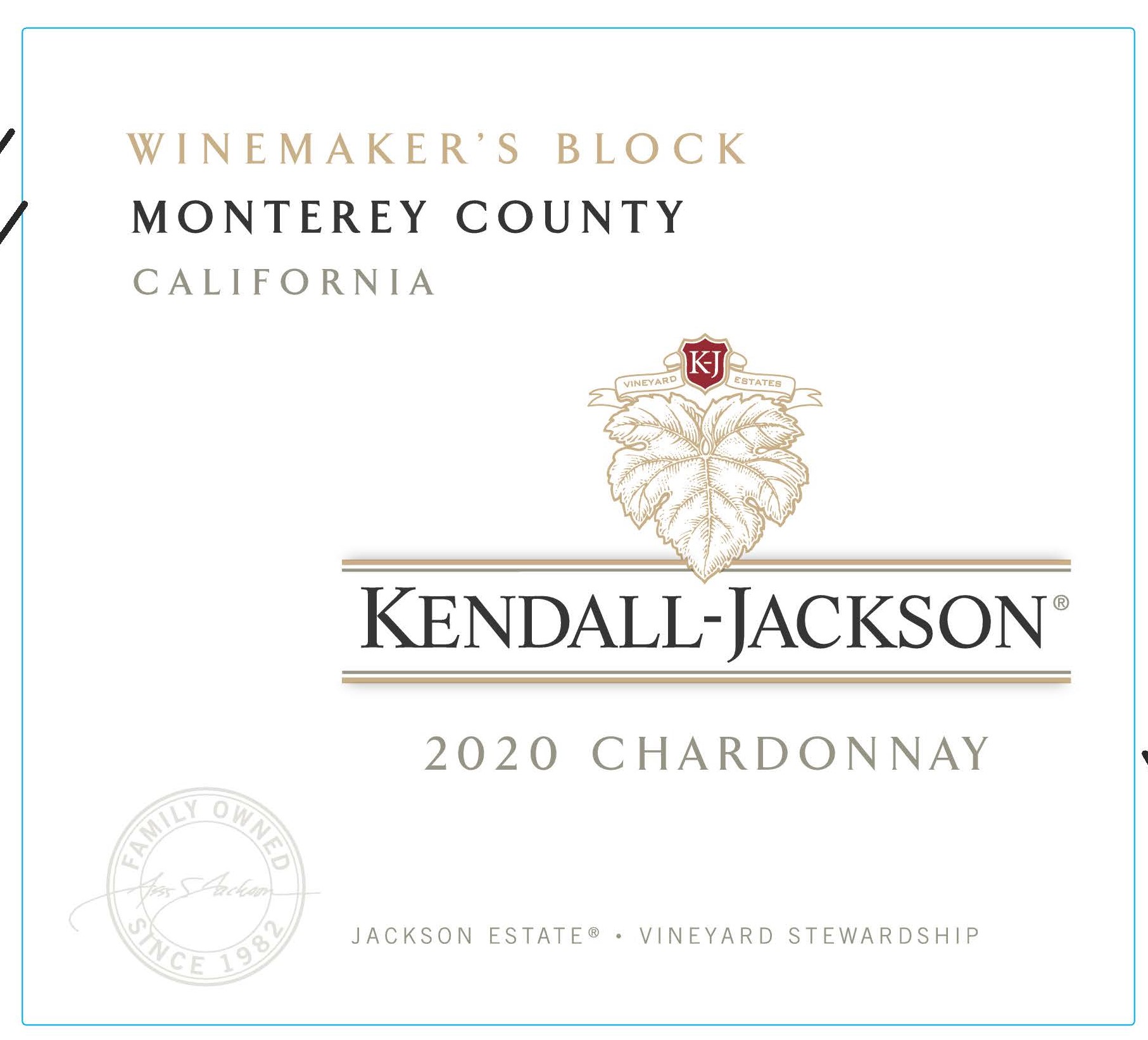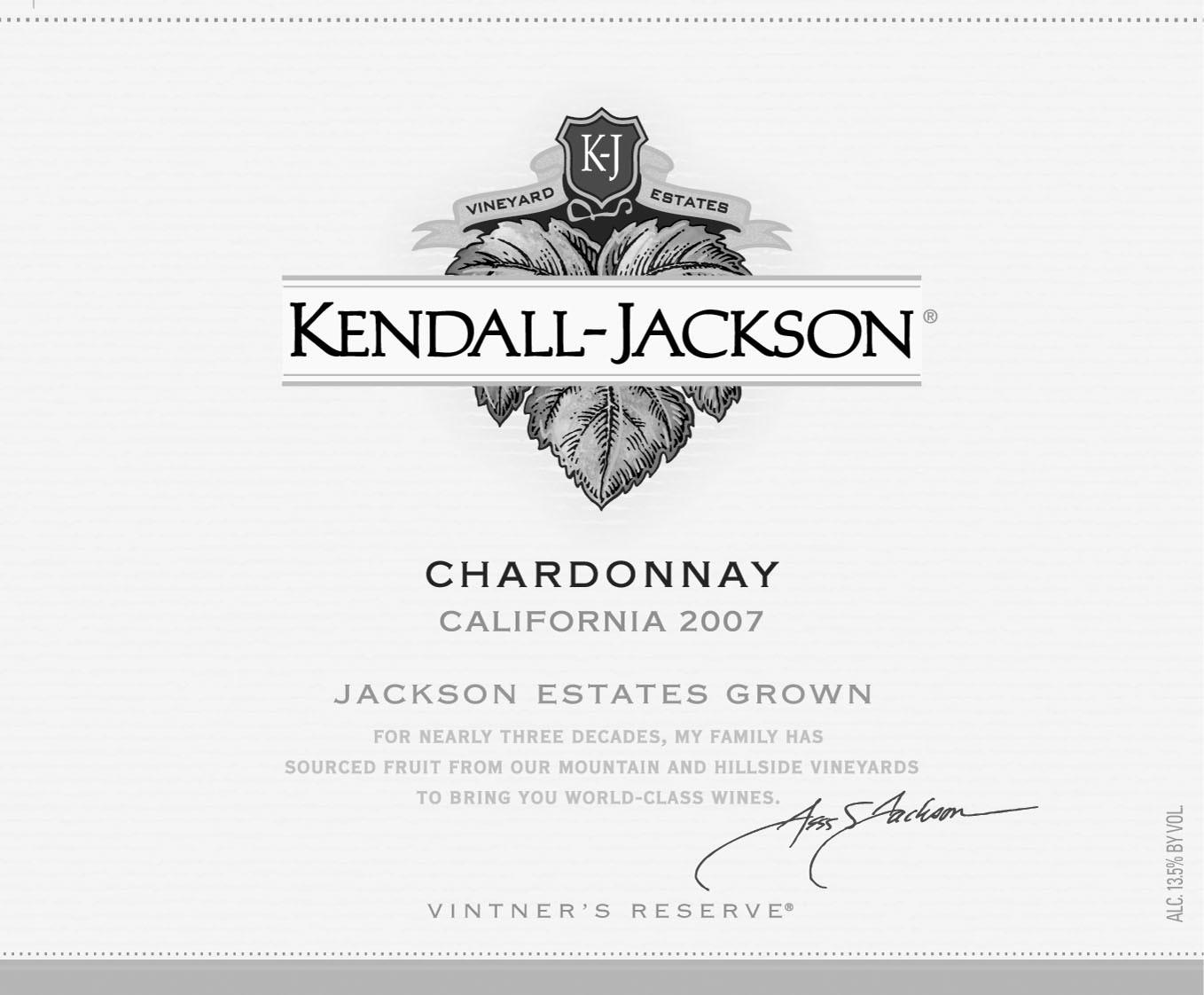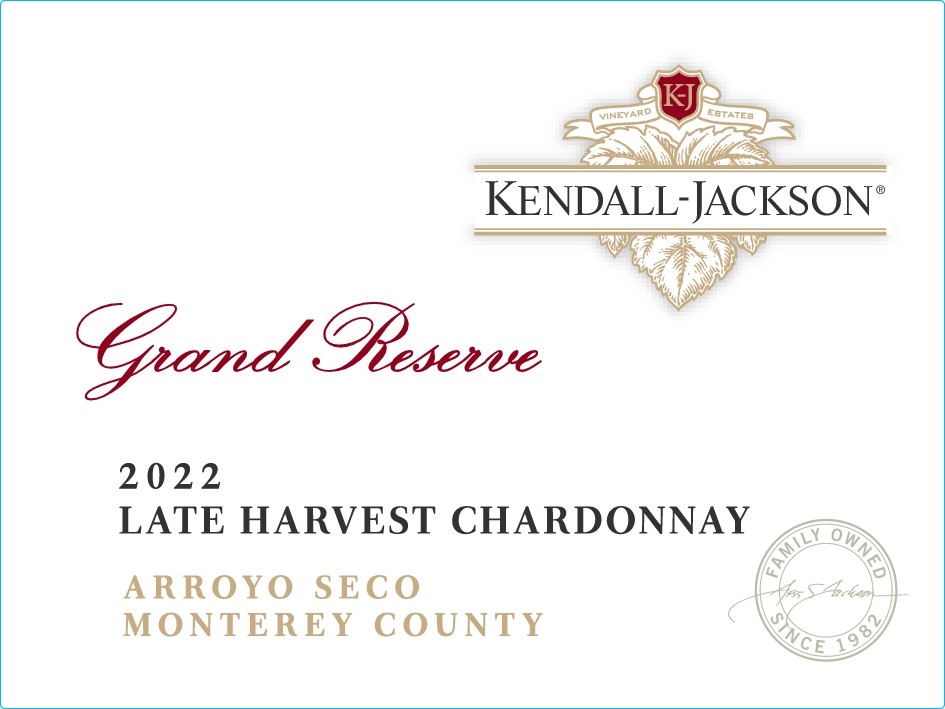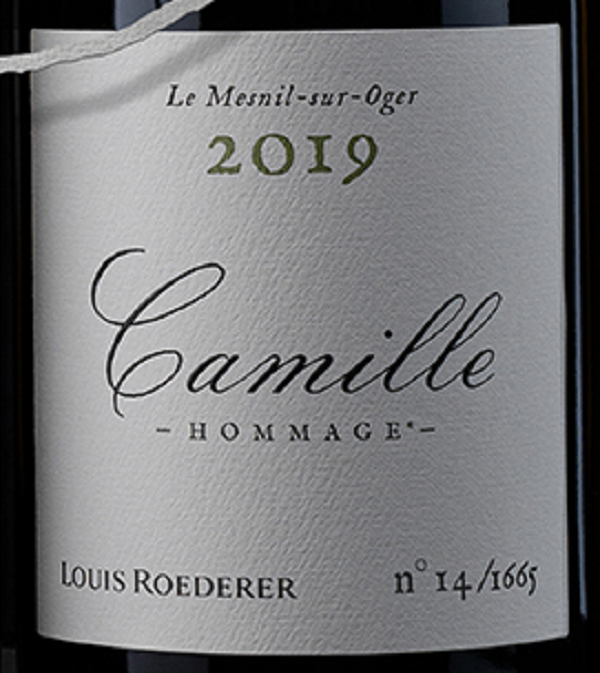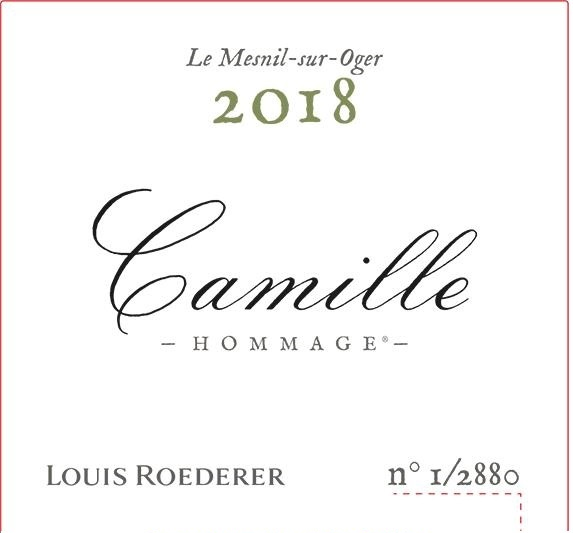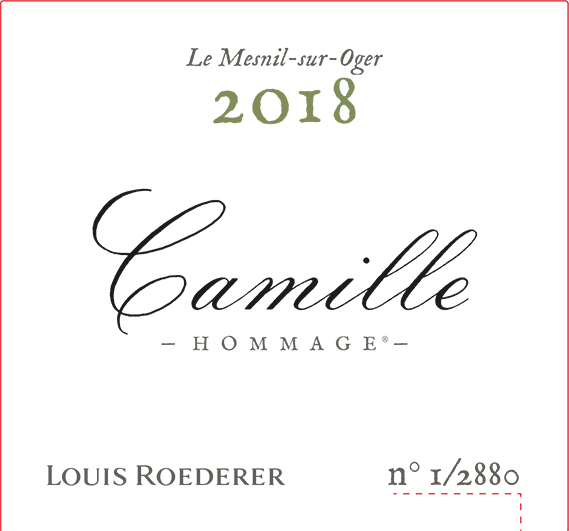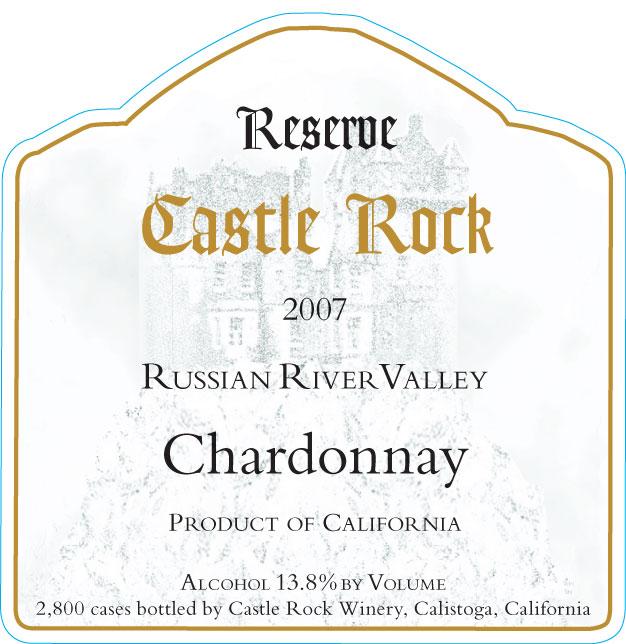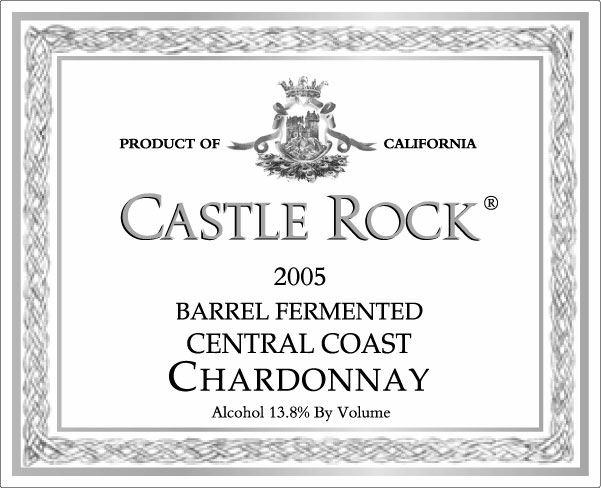Terroir of Serralunga d’Alba
Serralunga d'Alba enjoys a continental climate, with warm summers and cold winters, often accompanied by snow. The significant temperature swings between day and night, particularly in fall, create ideal conditions for Nebbiolo grapes, enhancing their flavor complexity. Harvesting occurs in autumn when cool, foggy mornings transition into warm afternoons, setting the stage for the area’s renowned white truffles.
The vineyards rest on a high ridge with south and west-facing slopes, supported by older, less fertile Serravallian soils. This mix of grey marls, sandstones, and calcareous clays encourages deep rooting, resulting in Barolos that are tannic and structured. These well-draining soils yield powerful wines that benefit from extended aging, contrasting with the more aromatic wines from neighboring regions with softer soils.
Notable Wineries in Serralunga d’Alba
In the heart of Serralunga d’Alba, a village steeped in winemaking tradition, several wineries stand out for their exceptional craftsmanship and storied histories:
- Franco Massolino & Fratelli Massolino: Established in 1896, this family-owned estate produces classic Barolos known for their richness and ability to age gracefully.
- Paolo Manzone: A boutique winery celebrated for single-vineyard Barolos from Serralunga, offering intense fruit flavors and robust structure.
- Ettore Germano: Merging tradition with innovation, this estate crafts cru Barolos that highlight the precision of Serralunga Nebbiolo.
- Fontanafredda: Founded in 1858, this historic estate features vast vineyards and a wine village, producing both Barolo and Langhe wines.
These wineries, along with others, contribute to Serralunga's reputation as a key player in the world of fine wine.
Sustainable Winemaking in Serralunga d’Alba
The winemakers of Serralunga d'Alba are embracing sustainability, ensuring that their storied vineyards endure for future generations. Many producers are turning to organic and biodynamic practices, using natural fertilizers and minimal chemicals to cultivate their Nebbiolo grapes. This approach not only protects the land but also enhances the natural flavors of their wines.
To conserve the region's precious resources, wineries are implementing soil and water conservation techniques. They plant cover crops and hedgerows, and carefully manage irrigation to preserve water. Energy efficiency is also a priority, with the use of solar panels and digital solutions to reduce resource consumption.
Serralunga's commitment to sustainability is driven by a deep respect for its unique terroir, ensuring that its rich winemaking heritage continues to thrive while protecting the environment.
Wine Tourism in Serralunga d’Alba
In the heart of Piedmont, Serralunga d’Alba offers an immersive wine tourism experience. Visitors can explore the 14th-century Castello di Serralunga d’Alba, part of the UNESCO-designated cultural landscape, and enjoy panoramic views of the vineyards. The famous Strada del Barolo, a scenic route perfect for self-guided tours, connects several Langhe villages, providing opportunities for vineyard hikes and cycling.
Wine enthusiasts can enjoy cellar tours and tastings at renowned estates such as Massolino, Ettore Germano, and Fontanafredda. Culinary events and festivals celebrate the autumn harvest, with wineries pairing their wines with local delicacies like truffles and cheeses. Accommodations range from rustic B&Bs to luxury resorts like Il Boscareto Resort & Spa, offering a blend of relaxation and exquisite dining, all set amid the region's stunning natural beauty.



